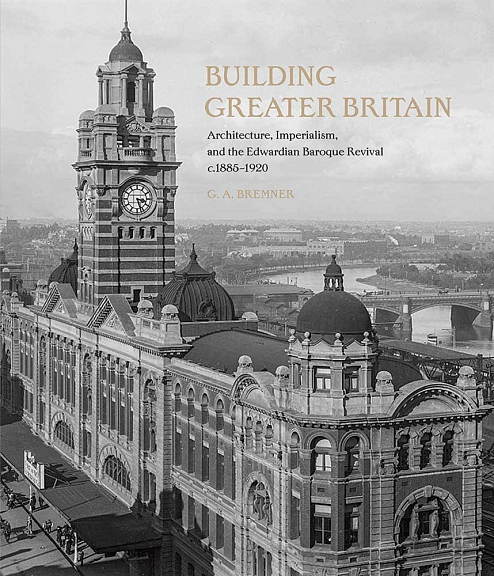-
Книги
- Нонфикшн
- Гуманитарные науки
- Деловая литература
- Естественные / Точные науки
- Книгоиздание
- Лайфстайл
- Словари / Энциклопедии
- Художественная литература
- Детектив
- Драматургия
- Классическая проза
- Мифология. Эпос
- Поэзия
- Собрания сочинений
- Современная художественная проза
- Фантастика. Фэнтези
- Биографии / Мемуары
- Графические романы / Комиксы
- Детские книги
- Воспитание. Педагогика
- Детский досуг
- О детских книгах
- Познавательная литература
- Художественная литература для детей
- Журналы / Зины
- Архитектурные
- Гуманитарные
- Журналы о моде
- Зарубежная периодика
- Искусство / Фотография
- Кино / Театр
- Лайфстайл
- Книги «Подписных изданий»
- Книги на иностранных языках
- Английский язык
- Испанский язык
- Итальянский язык
- Книги на иностранных языках для детей
- Немецкий язык
- Финский язык
- Французский язык
- Шведский язык
- Книги о кино
- Книги о музыке
- Книги о средневековье
- Книги о театре
- Книги о фотографии
- Книги об искусстве / Книги об архитектуре
- Альбомы по искусству
- Архитектура
- Декоративно-прикладное искусство
- Живопись
- Искусствоведение
- Орнаменты
- Прочее
- Танец
- Татуировка
- Творческое развитие
- Книги по философии
- Кулинарные книги
- Николай Солодников рекомендует
- Предзаказ
- Про дизайн / Про моду
- Путеводители / Книги о путешествиях
- Канцелярские товары
-
Подарки
- Брошки и значки
- Гирлянды
- Закладки
- Игры
- Календари
- Наклейки
- Наши сувениры
- Открытки
- Всякие-разные
- Наборы открыток
- Поздравления
- Про любовь и другие хорошие чувства
- С писателями и поэтами
- С цветами, овощами и фруктами
- С цитатами и другими фразами
- Подарочные сертификаты
- Постеры
- Прочее
- Сумки и шоперы
- Упаковка
- Подарочные сертификаты
Адрес магазина: Санкт-Петербург, Литейный пр., 57
Building Greater Britain
| Автор | Bremner G. A. |
|---|---|
| Издательство | Yale University Press |
| Год издания | 2023 |
| Переплет | Твёрдый |
| Страниц | 368 |
| Формат | 248x289 мм |
| Язык | Английский |
| ISBN | 978-1-91310731-4 |
| Артикул | 1172223 |
This innovative study reappraises the Edwardian Baroque movement in British architecture, placing it in its wider cultural, political, and imperial contexts
The Edwardian Baroque was the closest British architecture ever came to achieving an "imperial" style. With the aim of articulating British global power and prestige, it adorned civic and commercial structures both in Britain and in the wider British world, especially in the "white settler" Dominions of Australia, New Zealand, Canada, and South Africa.
Evoking the contemporary and emotive idea of "Greater Britain," this new book by distinguished historian G. A. Bremner represents a major, groundbreaking study of this intriguing architectural movement in Britain and its empire. It explores the Edwardian Baroque's significance as a response to the growing tide of anxiety over Britain's place in the world, its widely perceived geopolitical decline, and its need to bolster confidence in the face of the Great Power rivalries of the period. Cross-disciplinary in nature, it combines architectural, political, and imperial history and theory, providing a more nuanced and intellectually wide-ranging understanding of the Edwardian Baroque movement from a material culture perspective, including its foundation in notions of race and gender.
Distributed for the Paul Mellon Centre for Studies in British Art
Подписка на рассылку
Мы будем присылать вам обзоры книг, промокоды и всякие-разные новости


